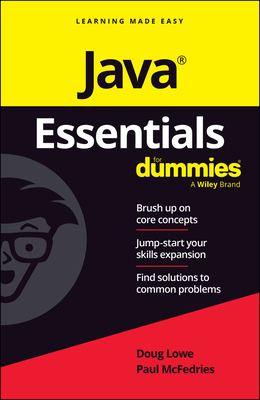Introduction to Service Oriented Architecture Training in Madison
|
We offer private customized training for groups of 3 or more attendees.
|
||
Course Description |
||
| This course will provide each participant with a high-level comprehensive overview of the Service-Oriented Architecture (SOA) and business integration components of the eCommerce environment. This briefing will focus on the concept and role of the SOA surroundings in the corporate environment, integration of Web services, architecture of the Enterprise Service Bus, routing of SOA messages, event driven processing, business process modeling using BPEL, BPEL4WS and BPMN, BPEL Process Manager for modeling, XML data transformations, logging and auditing, security concerns, business integration architecture (Integration Server, MOM, adapters, etc) and the development tools that can be utilized. All aspects of this class will incorporate the architecture offerings of the SOA environment to illustrate the implementation of these techniques.
Course Length: 2 Days
Course Tuition: $790 (US) |
||
Prerequisites |
|
| A basic knowledge of and exposure to the Java programming language is recommended but not required. | |
Course Outline |
|
SOA Architecture
Defining Web Services
Integration Server Overview
Introduction to BPEL
Business Rules
SOA Governance |
Course Directory [training on all levels]
- .NET Classes
- Agile/Scrum Classes
- AI Classes
- Ajax Classes
- Android and iPhone Programming Classes
- Azure Classes
- Blaze Advisor Classes
- C Programming Classes
- C# Programming Classes
- C++ Programming Classes
- Cisco Classes
- Cloud Classes
- CompTIA Classes
- Crystal Reports Classes
- Data Classes
- Design Patterns Classes
- DevOps Classes
- Foundations of Web Design & Web Authoring Classes
- Git, Jira, Wicket, Gradle, Tableau Classes
- IBM Classes
- Java Programming Classes
- JBoss Administration Classes
- JUnit, TDD, CPTC, Web Penetration Classes
- Linux Unix Classes
- Machine Learning Classes
- Microsoft Classes
- Microsoft Development Classes
- Microsoft SQL Server Classes
- Microsoft Team Foundation Server Classes
- Microsoft Windows Server Classes
- Oracle, MySQL, Cassandra, Hadoop Database Classes
- Perl Programming Classes
- Python Programming Classes
- Ruby Programming Classes
- SAS Classes
- Security Classes
- SharePoint Classes
- SOA Classes
- Tcl, Awk, Bash, Shell Classes
- UML Classes
- VMWare Classes
- Web Development Classes
- Web Services Classes
- Weblogic Administration Classes
- XML Classes






